#Andrew MacCallum
Text

Spring - The outskirts of Burnham Wood, 1860, Andrew MacCallum
111 notes
·
View notes
Photo

A sculpture titled 'Speed (Bronze Cheetahs Pursuing Bounding sculpture)' by sculptor Andrew MacCallum. In a medium of Bronze and in an edition of 1/1.
6 notes
·
View notes
Text
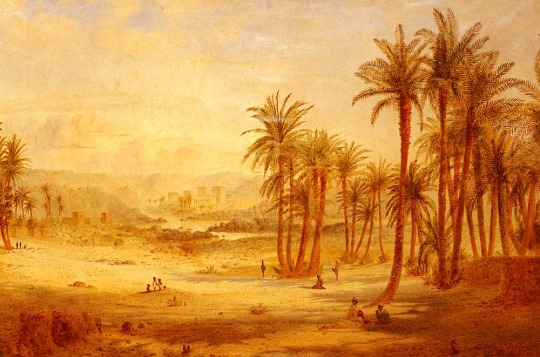
A View Of Philae. Andrew MacCallum (1821-1902)
0 notes
Text

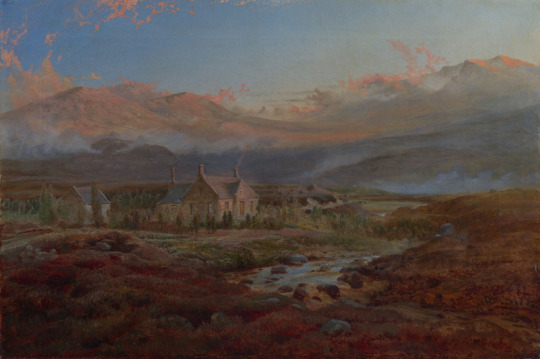
favourite pieces from Osborne House
0 notes
Text
Exhibition (2013)
Exhibition by #JoannaHogg, "there really isn't a single shot in the whole thing that isn't gorgeous"
JOANNA HOGG
Bil’s rating (out of 5): BBB.5
United Kingdom, 2013. Wild Horses Film Company, British Film Institute, BBC Films, Rooks Nest Entertainment. Screenplay by Joanna Hogg. Cinematography by Ed Rutherford. Produced by Gayle Griffiths. Production Design by Stephane Collonge. Costume Design by Amanda Mattes. Film Editing by Helle le Fevre.
Joanna Hogg’s films all bear qualities that unite…

View On WordPress
#Alan Jones#Alizé Speed#Amanda Mattes#Andrew Estephane#Andrew MacCallum#Angelos Grammatikandis#Barry McCann#BBC Films#British Film Institute#Chris Wilson#Christopher McWatters#Danak Dahab#Daryl Francis#Dorotea Petrucci#Ed Rutherford#Gayle Griffiths#Gentle Nyack#Germaine Nyack#Harry Kershaw#Helle le Fevre#Jane Houldsworth#Jared Wakefield#Jessica Barthorpe#Joanna Hogg#Julienne Dolphin-Wilding#Kevin Woodwards#Krzysztof Werkowicz#Liam Gillick#Malak Dahab#Mark McCabe
0 notes
Text
Books On Books Collection - Lucia Mindlin Loeb
Books On Books Collection – Lucia Mindlin Loeb
Abismo (2012)
Abismo (2012)Lucia Mindlin LoebFront and back card covers on a sewn, exposed-spine book block cut diagonally into two volumes, each housed in a custom archival box.H210 x W210 x D175 cm. Edition of 5 and 2 artist’s proofs, of which this is A/P #2. Acquired from the artist, 5 October 2022.Photos: Books On Books Collection.
Fore-edge view (L) and spine view (R) of the cut halves…

View On WordPress
#Andrew Hayes#Doug Beube#Emily Martin#Guy Laramee#Lucia Mindlin Loeb#Marlene MacCallum#Michael Snow#Robert Sayer#Scott Kernan
0 notes
Text

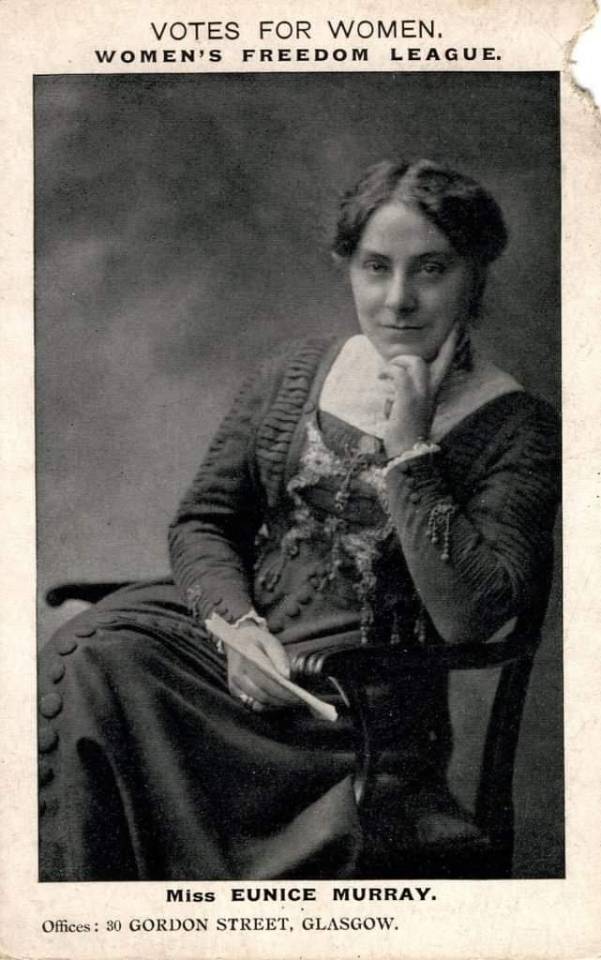

Eunice Guthrie Murray was born on 21st January 1878 in Cardross.
Eunice Murray was the daughter of a well-known Glasgow lawyer, Dr David Murray and Frances Porter Murray, Murray was one of the founders of the Glasgow Ladies Higher Education Society in 1876, both her parents were both supporters of the women's movement, her mother, Frances was born in New York, and raised in Scotland, was a suffragette. Frances’s parents both of whom were active abolitionists, emigrated to Glasgow in 1844.
Murray attended the progressive St Leonard School in St Andrews, where she became involved in philanthropic activities. She was active in the local branch of the League of Pity, volunteered regularly at a local settlement, and was an advocate for temperance. On 9th November 1896 she recorded reading about the formation of the National Union of Women’s Suffrage Societies, commenting
‘I should like to join such a society for the question of the emancipation of my sex is a stirring one and leads to vital matters’.
Given her background it is hardly surprising that along with her mother and her sister, Sylvia Murray, she joined the Women’s Freedom League. The WFL had a strong presence in Scotland, and from 1909 onwards Murray was the secretary for ‘scattered members’—all those who did not live in Edinburgh, Glasgow, or Dundee. Eunice was one of the three Scottish members on the WFL’s national executive committee and in 1913 was described as president for Scotland of the WFL.
The Women’s Freedom League was a non-violent militant group most famous for first chaining themselves to railings and leading the 1911 Census boycott. Inspired after attended the International Women’s Suffrage Alliance in Budapest in 1913, Eunice Murray was arrested for obstruction when she tried to address a meeting near 10 Downing Street on women’s suffrage.
Unlike the Pankhursts’ Women’s Social and Political Union (WSPU) and the National Union of Women’s Suffrage Societies (NUWSS), the WFL continued to campaign for the women’s suffrage throughout the First World War. Murray was an active feminist who had published numerous leaflets on women and their position in society such as The Illogical Woman. Like many feminists, Murray argued for the vote based on the unique roles of men and women. She observed, ‘We have always held, and hold now, that it is because men and women are so different, and not because they are so alike, that we require the vote.
In 1918, women in Britain finally won their right to vote and stand in general elections, if they were over 30 and met minimum property qualifications, and Eunice was quick to take advantage of this major breakthrough and stood as a candidate in Glasgow, Bridgeton in the 1918 election, the only Scottish woman in the first election open to women in 1918, she was unsuccessful, coming third. The results being Coalition Liberal Alexander MacCallum Scott 10,887, Labour James Maxton 7,860 and Independent Eunice Murray 991.
The election was held in the midst of the Spanish Flu epidemic with 327 deaths in the Glasgow that week, compared to 386 the previous week. Schools and docks were closed when half a million Glaswegians took to the polls, of which just over one-third were newly enfranchised women. In response to a claim that all women candidates were pacifists she wrote to the Spectator on 23rd November 1918, ‘I believe that the war we have just fought and won was a righteous one, and that it was the duty of newly enfranchised women to support the country’.
The election saw the defeat of the Asquith Liberals and the landslide of the Coalition Liberals. Murray was not deterred by her defeat and went to on to have an active political life. Elected as councillor in 1923 to Dunbartonshire Council, Murray was also the founder and President of the Scottish Women’s Rural Institute in the area.
Eunice Murray died on 26th March 1960 having led an active and inspirational life and today we remember her as the first women to break the barrier in Scotland to stand as an MP.
12 notes
·
View notes
Text

Spring - The outskirts of Burnham Wood, 1860, Andrew MacCallum
0 notes
Photo

View in Sherwood Forest. Andrew MacCallum. The Art Journal. January 1908.
Internet Archive
269 notes
·
View notes
Photo

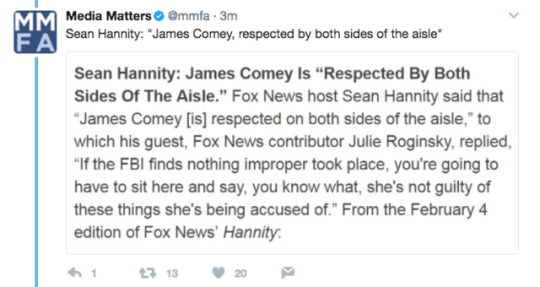
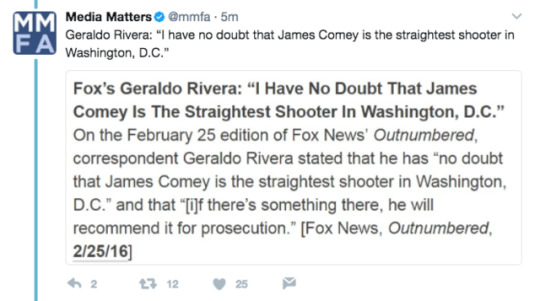


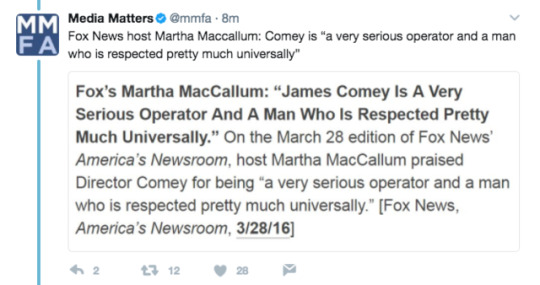
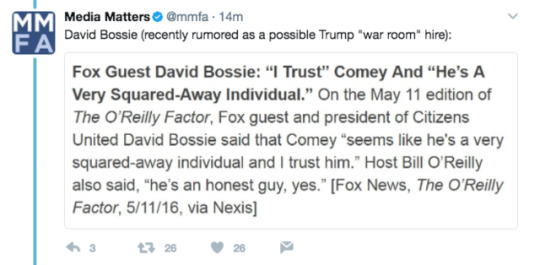



Full list here
#right-wing media#james comey#donald trump#smear campaigns#fbi#trump#smears#fox news#sean hannity#kimberly guilfoyle#chris wallace#rush limbaugh#rudy giuliani#andrew napolitano#geraldo rivera#martha maccallum
328 notes
·
View notes
Text
I’m done watching this fiasco, JD
I’m done watching this fiasco, JD
“ … I think it’s been a disaster for the reputation of Robert Mueller. He has seemed very uncertain with his brief. He doesn’t seem to know things that are in the report,” Wallace told Bret Baier and Martha MacCallum
Why did it happen? Because Bob Mueller DID NOT WRITE THE REPORT! /Andrew Weissman did/ He was often confused, incoherent, and uncertain.
He could not defend his answers because he…
View On WordPress
5 notes
·
View notes
Photo
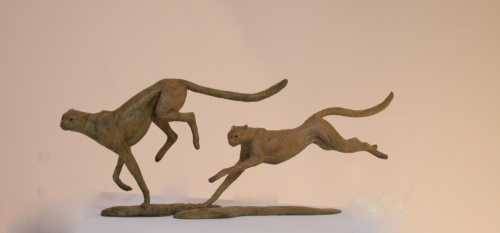
A sculpture titled 'Speed (Bronze Cheetahs Pursuing Bounding sculpture)' by sculptor Andrew MacCallum. In a medium of Bronze and in an edition of 1/1.
2 notes
·
View notes
Text

Seasons In The Wood - Spring, The Outskirts Of Burham Wood. Andrew MacCallum (1821-1902)
0 notes
Text
Did McCabe Lie About Briefing Congress on Opening an Investigation Into Trump? - Trey Gowdy Thinks so
Did McCabe Lie About Briefing Congress on Opening an Investigation Into Trump? – Trey Gowdy Thinks so
By S. Noble
On Tuesday, during an interview with Savannah Guthry, Andrew McCabe told her he informed Congress, the ‘Gang of 8’, that he opened a counterintelligence investigation into President Trump the day after Jim Comey was fired. Not a single lawmaker objected, he says. “No one objected.”
Former Rep. Trey Gowdy told Martha MacCallum last night that it’s not true in his opinion.
If that’s the…
View On WordPress
#Andrew McCabe lying about briefing Congress on Trump investigation?#news#political news#Politics#Trey Gowdy says McCabe never briefed Congress on Trump investigation
21 notes
·
View notes
Text
Cancer cells found to repair their own membranes after attack by T cells
A team of researchers from Genetch, Inc., the Howard Hughes Medical Institute and the Peter MacCallum Cancer Center, has found that cancerous tumor cells are able to survive attacks by repairing holes in their membranes caused by a protein released from T cells. In their paper published in the journal Science, the group describes how they used high resolution imaging to learn more about what happens when T cells, known as cytotoxic T lymphocytes (CTLs), attack cancerous tumor cells. Norma Andrews, with University of Maryland, College Park, has published a Perspectives piece in the same journal issue outlining the work done by the team.
Source Link Cancer cells found to repair their own membranes after attack by T cells
0 notes
Text

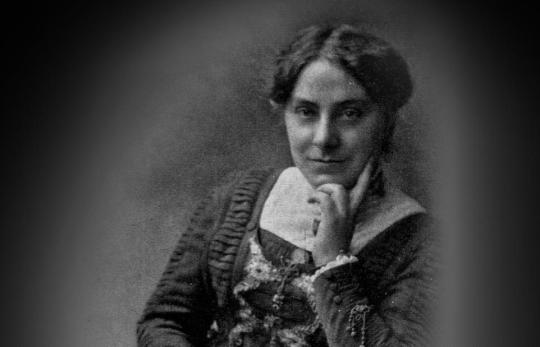

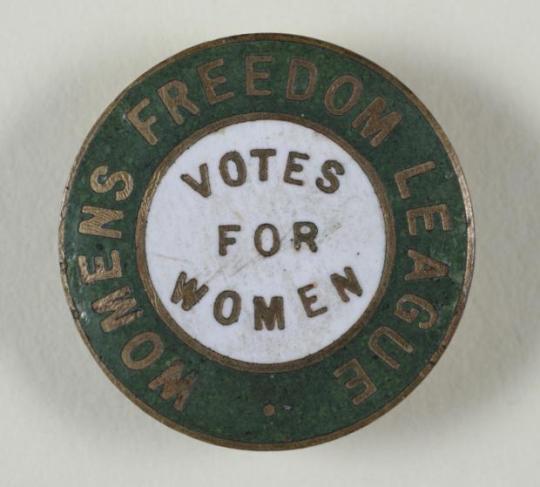



Eunice Guthrie Murray was born on 21st January 1878 in Cardross.
Eunice Murray was the daughter of a well-known Glasgow lawyer, Dr David Murray and Frances Porter Murray, Murray was one of the founders of the Glasgow Ladies Higher Education Society in 1876, both her parents were both supporters of the women’s movement, her mother, Frances was born in New York, and raised in Scotland, was a suffragette. Frances’s parents both of whom were active abolitionists, emigrated to Glasgow in 1844.
Murray attended the progressive St Leonard School in St Andrews, where she became involved in philanthropic activities. She was active in the local branch of the League of Pity, volunteered regularly at a local settlement, and was an advocate for temperance. On 9th November 1896 she recorded reading about the formation of the National Union of Women’s Suffrage Societies, commenting
‘I should like to join such a society for the question of the emancipation of my sex is a stirring one and leads to vital matters’.
Given her background it is hardly surprising that along with her mother and her sister, Sylvia Murray, she joined the Women’s Freedom League. The WFL had a strong presence in Scotland, and from 1909 onwards Murray was the secretary for ‘scattered members’—all those who did not live in Edinburgh, Glasgow, or Dundee. Eunice was one of the three Scottish members on the WFL’s national executive committee and in 1913 was described as president for Scotland of the WFL.
The Women’s Freedom League was a non-violent militant group most famous for first chaining themselves to railings and leading the 1911 Census boycott. Inspired after attended the International Women’s Suffrage Alliance in Budapest in 1913, Eunice Murray was arrested for obstruction when she tried to address a meeting near 10 Downing Street on women’s suffrage.
Unlike the Pankhursts’ Women’s Social and Political Union (WSPU) and the National Union of Women’s Suffrage Societies (NUWSS), the WFL continued to campaign for the women’s suffrage throughout the First World War. Murray was an active feminist who had published numerous leaflets on women and their position in society such as The Illogical Woman. Like many feminists, Murray argued for the vote based on the unique roles of men and women. She observed, ‘We have always held, and hold now, that it is because men and women are so different, and not because they are so alike, that we require the vote.
In 1918, women in Britain finally won their right to vote and stand in general elections, if they were over 30 and met minimum property qualifications, and Eunice was quick to take advantage of this major breakthrough and stood as a candidate in Glasgow, Bridgeton in the 1918 election, the only Scottish woman in the first election open to women in 1918, she was unsuccessful, coming third. The results being Coalition Liberal Alexander MacCallum Scott 10,887, Labour James Maxton 7,860 and Independent Eunice Murray 991.
The election was held in the midst of the Spanish Flu epidemic with 327 deaths in the Glasgow that week, compared to 386 the previous week. Schools and docks were closed when half a million Glaswegians took to the polls, of which just over one-third were newly enfranchised women. In response to a claim that all women candidates were pacifists she wrote to the Spectator on 23rd November 1918, ‘I believe that the war we have just fought and won was a righteous one, and that it was the duty of newly enfranchised women to support the country’.
The election saw the defeat of the Asquith Liberals and the landslide of the Coalition Liberals. Murray was not deterred by her defeat and went to on to have an active political life. Elected as councillor in 1923 to Dunbartonshire Council, Murray was also the founder and President of the Scottish Women’s Rural Institute in the area.
Eunice Murray died on 26th March 1960 having led an active and inspirational life and today we remember her as the first women to break the barrier in Scotland to stand as an MP.
11 notes
·
View notes